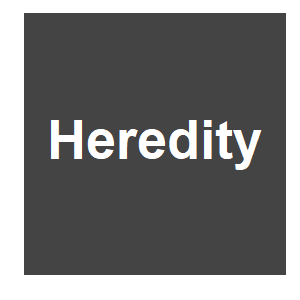Recessive Z-linked lethals and the retention of haplotype diversity in a captive butterfly population

|
I. J. Saccheri, S. Whiteford, C. J. Yung and A. E. van't Hof,
Heredity,
2020.

Sex chromosomes are predicted to harbour elevated levels of sexually antagonistic variation due to asymmetries in the heritability of recessive traits in the homogametic versus heterogametic sex. This evolutionary dynamic may manifest as high recessive load specifically affecting the homogametic sex, and the retention of haplotype diversity in small populations. We tested the hypothesis that the Z chromosome in the butterfly Bicyclus anynana carries a high inbred load for male fertility and viability. Homozygosity of Z chromosome blocks was produced by daughter-father backcrosses, and inferred from marker loci positioned via a linkage map. Male sterility was, in general, unrelated to homozygosity in any region of the Z, but there was an extreme deficit of homozygous males within a 2 cM interval in all families. In contrast, no corresponding skew in Z genotype was detected in their (hemizygous) sisters. The same pattern was observed in historically inbred lines, indicating a high frequency of recessive lethals in the ancestral population. Allele-frequency changes between 1993 and 2006 (70 generations at N-e similar to 160) show that, despite the loss of many haplotypes, diversity was retained significantly above the neutral expectation. Effective overdominance in the lethal region can account for this effect locally but not in other parts of the chromosome, that are also associated with persistent linkage disequilibrium. These unexpected patterns suggest the operation of other factors, such as epistatic selection, recombination suppression, assortative mating and meiotic drive. Our results highlight the role of balancing selection in maintaining the inbred load and linked genetic diversity.
More related to this: Conditions for success of engineered underdominance gene drive systems Lethal Gene Drive Selects Inbreeding Meiotic drive at the Om locus in wild-derived inbred mouse strains
|



